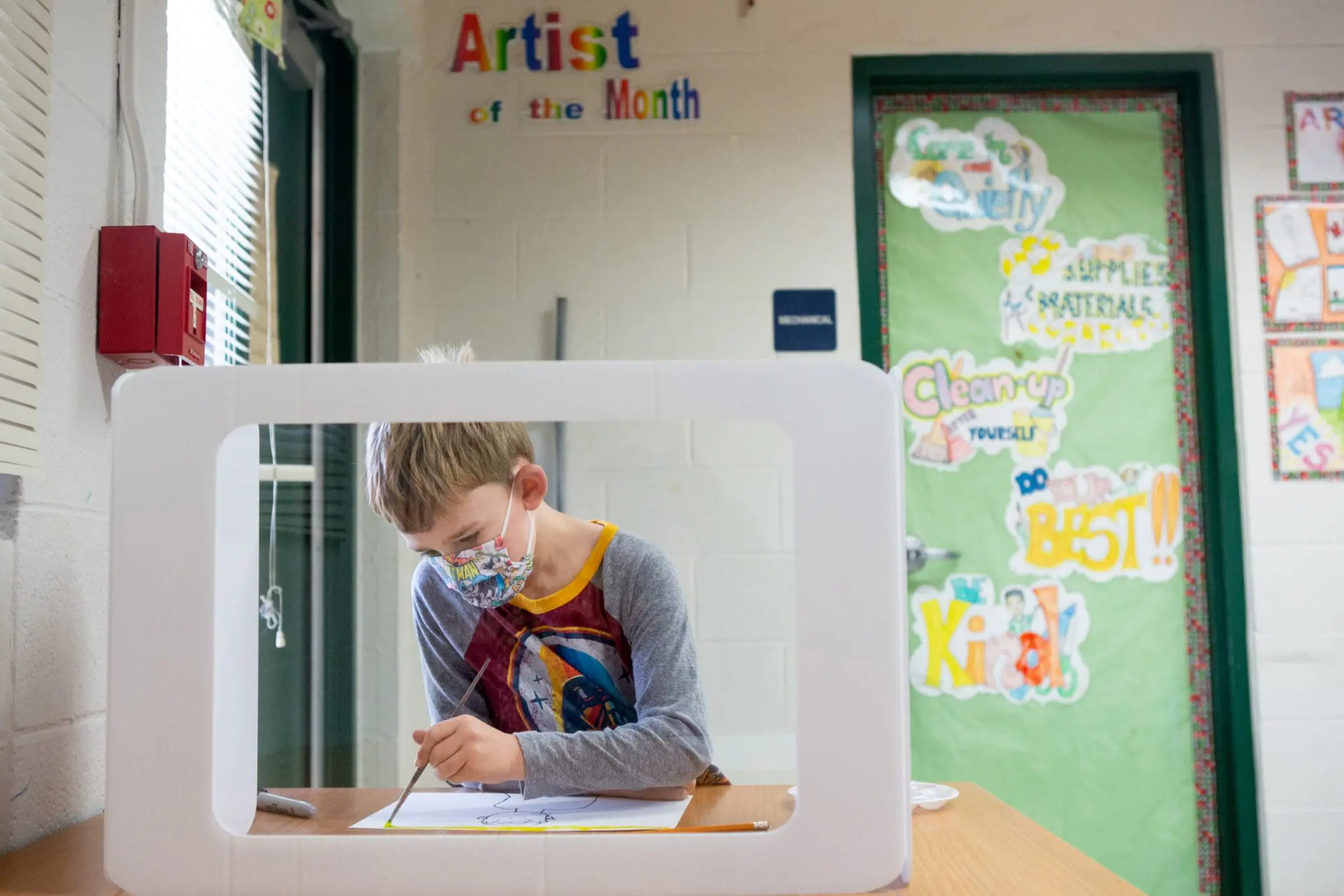Annual statewide assessments are critical tools for understanding student learning and measuring progress towards equity goals. Following the cancellation of 2020 assessments due to the pandemic, DQC began tracking the national conversation related to assessments and accountability. Below is an update on where things stand at the start of the 2021–22 school year.
Newly available data from 2021 statewide assessments confirms what many people expected: student learning suffered in the pandemic. All 20 of the states that have so far released assessment results reported declines in proficiency across the board, and especially in math and among younger students (AL, AK, AR, AZ, CO, CT, GA, FL, ID, IN, LA, MI, MN, NC, SC, TN, TX, VA, WV, WY). Most state and district leaders describe the results as concerning, but not surprising. Colorado Education Commissioner Katy Anthes described them as a call to action, saying:
“These test results give us sobering data that confirms just how hard last year was with school closures, class quarantines and remote learning. As students return to school, it is extremely clear that we must accelerate learning more than we have done historically. If we just go back to doing what we have before, we will not be successful.”
The data also reveals large gaps in performance between student groups. Black and Latinx students saw some of the largest declines from 2019, as did economically-disadvantaged students and ELL students. Notably, these groups tended to have less access to in-person instruction during the 2020–21 school year. Countless teachers, parents, and students have shared their struggles with remote learning, and recent research from Ohio confirms that remote instruction reduced student learning by a third compared to pre-pandemic levels. Altogether, this data underscores that the students hit hardest by the pandemic were those already facing systemic barriers to success.
There is still disagreement among state and district leaders about the validity of 2021 assessment data. While some states like Arkansas, Tennessee, and Wyoming tested almost every student, others like Colorado, Georgia, and Minnesota reached less than 80% statewide. And because students were not required to come into school for tests, schools with more students learning remotely—which also tended to be located in metropolitan areas, and serve more students from low-income families and historically underserved populations—had lower participation than other schools. For these reasons, some leaders have urged caution in drawing broad conclusions based on 2021 assessment data, instead recommending that people look at the results in context to understand and address specific needs.
One of the biggest questions heading into last year’s assessments was if and how many states would measure student growth in 2021. Student growth measures use multiple years of test data to capture changes in performance over time, providing a more comprehensive and equitable picture of student learning and school quality. In the absence of 2020 test data, states can still measure growth using 2019 and 2021 data—also known as “skip-year growth.” At least one state has so far published 2021 growth data, but leaders in other states have said that results cannot be validly compared to prior years. Recent research affirms that skip-year growth data closely mirrors typical year-to-year growth, though states will still have to address differences in student population and testing conditions.
States and districts will primarily use 2021 assessment data to understand student needs and guide response efforts this year. Many states are working to accelerate instruction this year, and Texas will use test data to target resources to individual students most in need of support. Colorado and Georgia will also use assessment data to inform spending plans. However, some local leaders are taking the results with a grain of salt; because assessments do not capture the entirety of students’ experiences last year, they will only use the results alongside formative data and other information to better understand where students stand.
The future of statewide assessments remains unclear, as multiple states are already taking steps to reform their testing systems starting this year. California will offer a shorter version of its Smarter Balanced assessment in order to reduce testing time and burden on teachers and students. Alaska and Virginia are replacing their current tests with a series of interim assessments in the fall, winter, and spring, and Illinois lawmakers are considering a similar plan. Florida Governor Ron DeSantis announced this week that they would be dropping their statewide assessment in favor of “progress monitoring” throughout the year.
As policymakers continue to consider how to improve assessments moving forward, they must continue to generate comparable data for each and every student, and share that information appropriately with teachers, families and the public. Without this information, leaders and parents alike will be left in the dark on how schools are meeting students’ needs.


